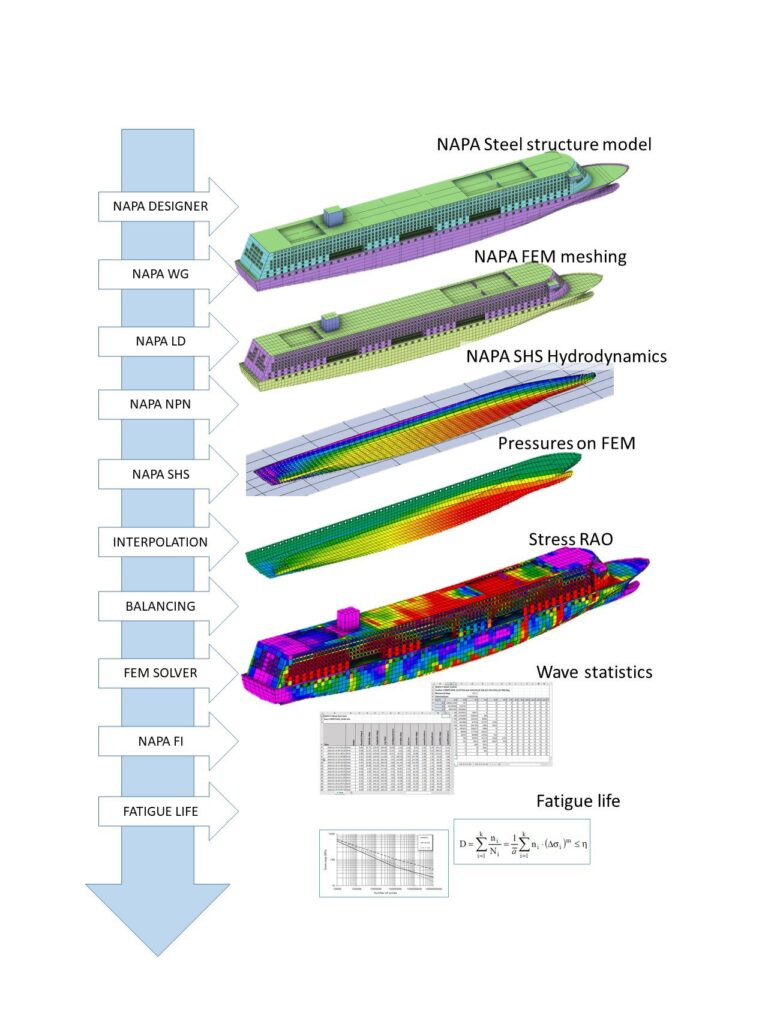February 12, 2019
Using operational data, 3D product models, and digital structure analyses to estimate a ship’s life cycle
by Tapio Hulkkonen and Teemu Manderbacka
For most of maritime history it has been difficult to assess the real environmental history of a ship. Its classification society records will give you information about any mechanical or structural defects that have had to be fixed. What those records won’t tell you are the storms it has sailed through, its daily loading condition, speed and engine revolution profile, or the daily health of its superstructure.
All of these will make a real difference to the condition of a vessel, and the price at which it’s bought, sold, or insured. Equally, bankers are just as interested in ship values because a mortgage on the hull is the primary collateral for their loans.

Traditional methods of enquiry, such as field survey, are complex and time consuming. They sometimes also involve dry docking and significant off hire costs. Today it’s possible from the comfort of your desk with the direct strength analyses.
NAPA Fleet Intelligence collects data points hourly from each ocean-going ship – including position, speed, and wave condition – and collates it. This data is then combined with advanced analyses, and a digital twin of the vessel to estimate remaining fatigue life, safety profile, and financial value.
You might think that a panamax in the grains trade operating between Brazil and China, and a cruise ship voyaging through the Eastern Caribbean would have little in common. However they have the same standard design criteria and this calculation method helps to track differences between real operational conditions.
This paper will demonstrate the analyses of environmental conditions, direct loads with 3D panel method and FEM analyses for experienced stress history that are created with NAPA software. Our paper will also discuss the technical risks, limitations, and accuracy of this approach.
To learn more about how you can discover the daily condition of your vessels, please join us at the NAPA User Meeting 2019 in Helsinki, Finland from 4 – 6 June.
Originally published in LinkedIn by Tapio Hulkkonen and Teemu Manderbacka